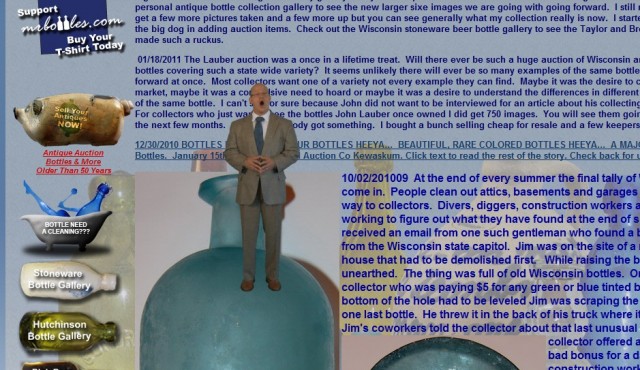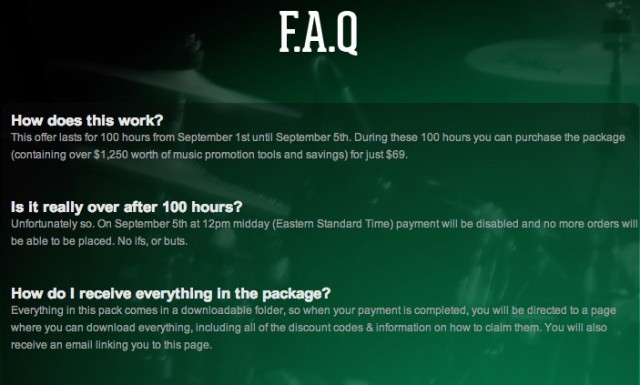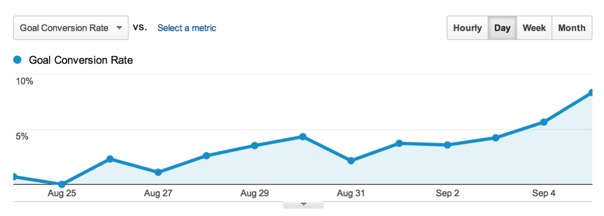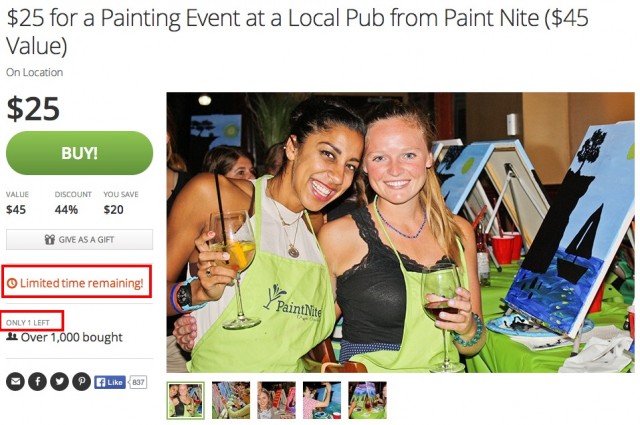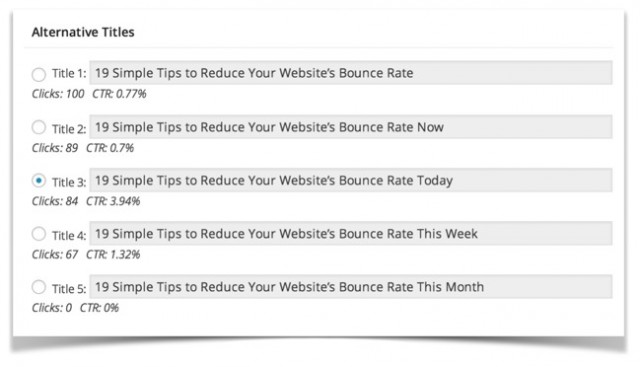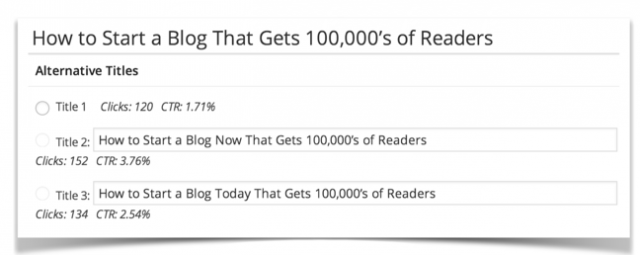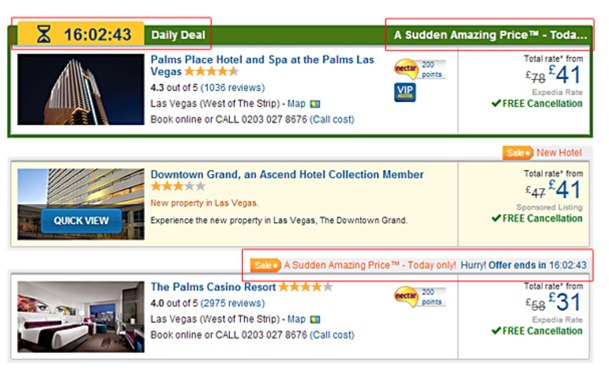
In 2012, I launched a kind of ‘Groupon deal for musicians’, where I gave away $1,250 worth of products, including recording time, iTunes distribution, and a guitar string endorsement deal for just $69 for 100 hours only. There were only 5,000 packages available.
I had invested a lot into this campaign. Not only had I spent four months putting the campaign together, but I had also put a significant amount of my personal savings into ensuring that this campaign was everywhere during those 100 hours.
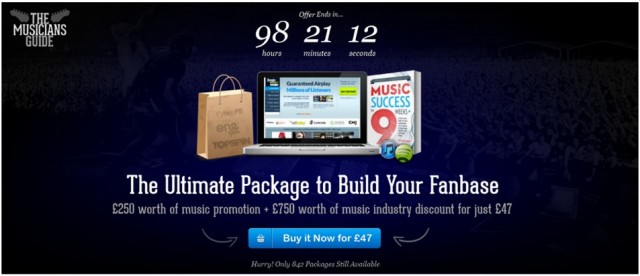
All this to say, there was a lot on the line. It had to work.
Because there was so much on the line, and I knew this would be exposed to millions, I obsessed over conversion rate. A mere 1% increase in conversion rate could have been the difference between a huge loss and a decent profit.
In the end, my obsession over the conversion rate paid off – I managed to increase my conversion rate from 2.5% to 10.8%.
While there were a range of factors that influenced this increase, the single largest factor was increasing the amount of scarcity and urgency.
How I Increased Sales By 332% Using Scarcity & Urgency
Early in my digital marketing career I came across this model, which has provided the basis for virtually every conversion rate optimisation change i’ve made ever since.
In essence, it suggests that if you want to increase the likelihood of any desired action, be it an increase in conversions, click throughs, or email engagement, you have six choices:
- Increase the clarity of your offer
- Increase the relevancy of your offer to your audience (or vise versa)
- Improve your value proposition
- Reduce anxiety (phrased differently, increase trust)
- Reduce distractions
- Add urgency to your offer
Let me go through each of these in the context of this specific deal, as they’re all important precursors for urgency to be an effective tactic.
1. Clarity
For this deal, I improved the clarity of the offer by posting a mock version of the deal in music forums ahead of the 100 hour campaign to collect feedback.
I also used ConceptFeedback and communities like Dribbble to improve the visual design.
I managed to iron out lots of communication issues that were limiting conversions, such as offering a ‘pack of music contracts’ in the deal.
Some musicians thought this meant they were buying pre-signed contracts with record labels. In actual fact, they were just getting a compilation of music contract templates.
2. Relevancy
When it comes to improving relevancy, you can:
A.) tailor your offer to your audience or…
B.) tailor your audience to your offer.
I opted for the latter approach.
Prior to launch, I “tested” hundreds of traffic sources, from Reddit Ads, to specific music forums. I wanted to know was which traffic sources I need to prioritise during the real campaign.
I ended up with a custom Google Analytics dashboard like this, which made it clear which traffic sources delivered the most relevant traffic.
Not only did I know where my customers would come from ahead of time, but I knew more about my audience, such as how guitarists were almost three times more likely to buy than drummers, and that my conversion rate was highest in the UK and Australia.
3. Value Proposition
Common sense suggests that the best way to improve your value proposition is to add more. I already had over $1,250 worth of products and services, which I was offering for $69. Why not add more to the package?
Adding more to the package actually reduced my conversion rate.
Anyone who’s done their fair share of A/B testing knows that paradoxes pop up everywhere, and as G. K. Chesterton said,
“a paradox is just a truth standing on its head to gain our attention”.
So what happened? While I had increased the value of the offer, I’d also increased the amount of associated effort each customer would have to put in to extract that value.
Giving away 1,000 books isn’t much better than giving away 50. While there is technically 20x as much value on the table, the amount of effort involved in reading and storing 1,000 books is ludicrous and not very helpful.
Lesson learned – value isn’t always created by adding more. Quite often, less is more.
4. Reduce Anxiety
Have you ever gone to buy something, only to feel that something isn’t right? That’s buyer’s anxiety.
Anxiety is the uneasiness we feel when there’s a disconnect between what our logical and emotional brain are telling us. More often than not, it has something to do with trust.
In the context of online sales, it could be when you buy an item on a website that isn’t secure, doesn’t offer modern payment processing, or has a dated design.
For this deal, I eliminated as much risk as possible by offering a 30-day money back guarantee, and adding every question asked through our live chat onto the FAQ section.
If there is one person willing to ask the question, there are probably 100 others wondering it but not asking.
5. Reduce Distraction
Removing distractions is a controversial aspect of conversion rate optimisation. Some experts advise removing every internal and external link except your CTA to make it as difficult as possible for viewers not to convert.
I fall into a different category that believes it’s better to find a balance between a nice user experience, and a high-converting design with as few distractions as possible.
In this particular deal, there were no navigation options, no ads, and no internal links. Viewers only had the choice to contact us, check an FAQ page, or get more product information. The user experience didn’t feel like a squeeze page, but it also had no distractions whatsoever.
6. Increase Urgency
There’s a reason why urgency is last in this list. That’s because all of the points above are important precursors to urgency being effective.
Adding urgency doesn’t work if your offer is full of distractions, or if your value proposition is crap. It won’t work if your offer’s irrelevant to your audience, or if your audience doesn’t trust you.
Urgency is a strong catalyst, but it doesn’t stand up very well on its own. After doing everything mentioned above, here’s how urgency skyrocketed the deal’s conversion rate.
Below are two variations that I A/B tested on the offer’s landing page. As you’ll notice, the only difference is that one communicates urgency and how many packages have been bought, where the other does not.
Variation A:
Variation B:
This is one of the most impactful A/B test i’ve ever run. The conversion rate of variation B was almost 3x that of variation A.
Here’s what happened to our conversion rate as we gradually rolled out variation B to all users. Our conversion rate went from ~3.5% to ~10%.
Since running this campaign two years ago, i’ve become fascinated by the power of urgency, and have found ways to utilise its power in many aspects of my strategy.
Below are some of the most practical ways that you can use urgency to boost your blog traffic, online sales, and engagement.
Blending Real & Implied Urgency Into Your Strategy
Broadly speaking there are two types of urgency; real and implied. An example of real urgency is when an offer expires in 24 hours, after which point it will never exist again.
Implied urgency is when you use words like ‘now’ and ‘today’ to nudge readers to take action. There is no real urgency, but we’re suggesting that there’s a need to act now.
Real urgency is generally more effective than implied urgency, but it’s hard to authentically implement real urgency into everything you do. Where real urgency doesn’t make sense, you can make use of implied urgency.
#1 Implying Urgency In Your Headlines
About five years ago, the head of PPC at an agency I used to work with challenged me to write an AdWords ad headline with a high click-through rate than his. Despite being a total amateur, I beat him.
How? I copied his headline and changed the word ‘today’ to ‘now’.
Since that fluke victory, I’ve repeated this implied urgency experiment dozens of times, thanks to a handy WordPress title A/B testing plugin. The results show a predictable pattern.
As you can see, the ‘control’ headline with no urgency has a click-through rate of 0.77%.
Adding the word ‘today’ at the end of the headline increases the CTR to 3.94. Unsurprisingly, reducing the urgency of this word to ‘this week’ or ‘this month’ reduces the CTR. But strangely, increasing urgency in this case also reduces the CTR. What gives?
It turns out, that the right amount of urgency depends on the context. Very few people want to reduce their bounce rate right now – but they would rather do it today than next week.
However, when it comes to something a bit more emotionally provocative, such as this post on how to start a blog that attracts 100,000’s of readers, suddenly people would rather know how to do it now, rather than later.
I’d love to give you a rule for using ‘now’ vs ‘today’, but the reality is that it’s extremely dependent on the context. In hindsight, common sense usually prevails, but they key word in that sentence is usually i.e. not always.
If you’re using WordPress, I suggest installing this title split testing plugin, which helps you find the best option based on data. The downside of this plugin is that it’s also helpful for learning how to create clickable headlines, as you receive clear feedback on which ones work best.
#2 Implying Urgency In Your Call To Actions
One of the most obvious places to add implied urgency is in our call-to-actions (CTAs). While headlines can of course be CTAs, i’m really referring to transaction based CTAs, such as ‘buy it now’ buttons.
I recently ran an experiment on MusicLawContracts.com, a music contract site that I run as a side project. I wanted to see the difference in conversion rate between CTAs that implied urgency vs. those without.
In the control variation the call to action said ‘download this contract’, in the variation it said ‘download this contract now’ and had a limited offer sign with a countdown timer next to it. The result? A 147% increase in conversions, all thanks to a bit of extra urgency.
#3 Adding Stock Urgency
One of the most powerful ways to add real urgency to your landing pages is to advise visitors that if they don’t act soon, they might miss out. There are two ways to do this: through stock urgency, and through time-based urgency.
Hotel comparison websites do a great job of adding real stock urgency. The screenshot below from booking.com shows three instances of stock urgency suggesting that this hotel room won’t be available for long due to the popularity and limited stock.
#4 Adding time-countdown urgency
If you’ve ever played a time sensitive game, you’ll be familiar with the effects of a ticking clock. Having a limited amount of time to do something forces us to take action.
Groupon, Expedia, and TicketMaster all use this technique to drive up their conversions. Below is a screenshot from Expedia showing how they use time-sensitivity and countdown timers to increase urgency.
#5 Implying urgency using colour
In most Western countries, we’re conditioned from a young age to believe that the colour red implies urgency. When shops have flash sales, they often paint the word sale in red. The most urgent and important driving signs are often the colour red.
In the case study mentioned above, I experimented with showing the current stock and time remaining in three colours – green, orange, and red. Unsurprisingly, the colour red had the highest conversion rate.
Colour is just another tool in our arsenal to imply the need to pay attention and act quickly.
Conclusion
There are very few instances where a small dose of real or implied urgency won’t increase your likelihood to get what you want. That said, like all things that provide us with great power, it’s important not to abuse it.
The next time you go to write an email subject line, a landing page, or a PPC advert, consider what you might be able to do to add a bit of scarcity or urgency to what you’re offering.
Finally, in researching this post I was surprised by the lack of case studies available on sites that had used urgency and scarcity to increase their sales. If you’ve ran any experiments or are aware of any good case studies, please post them in the comments below.
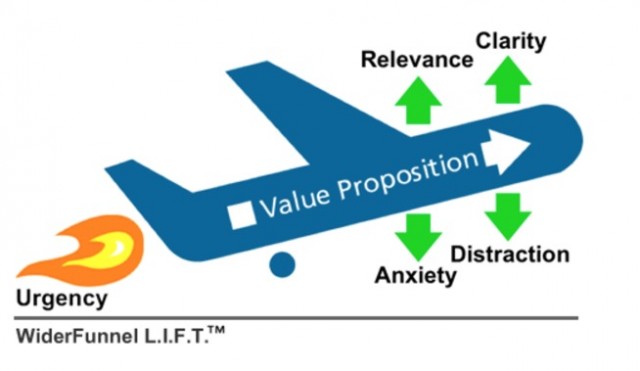
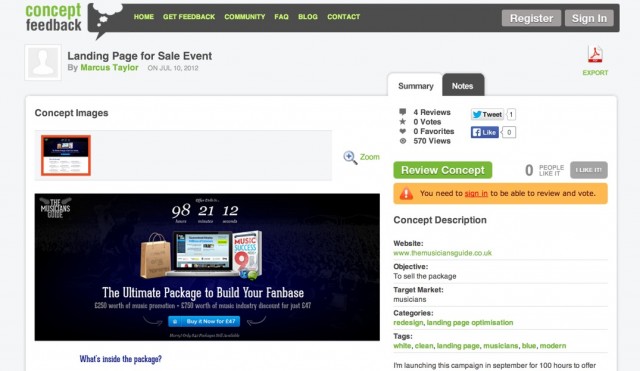
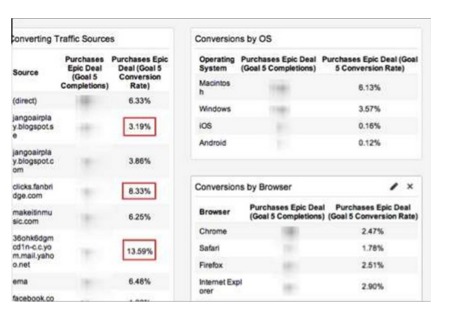
 “a paradox is just a truth standing on its head to gain our attention”.
“a paradox is just a truth standing on its head to gain our attention”.